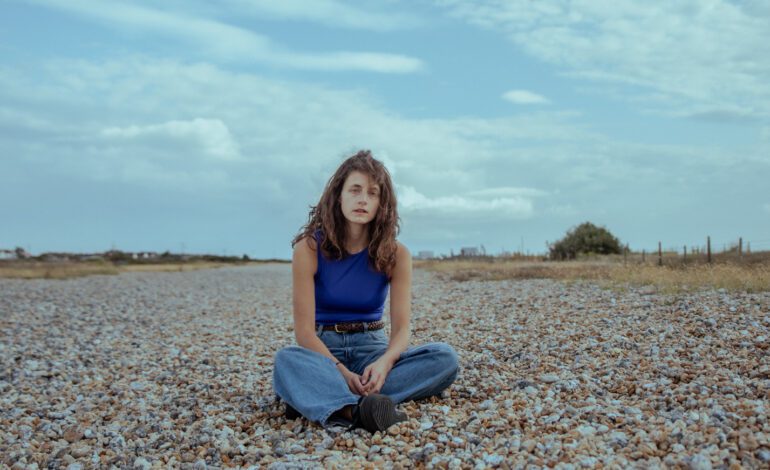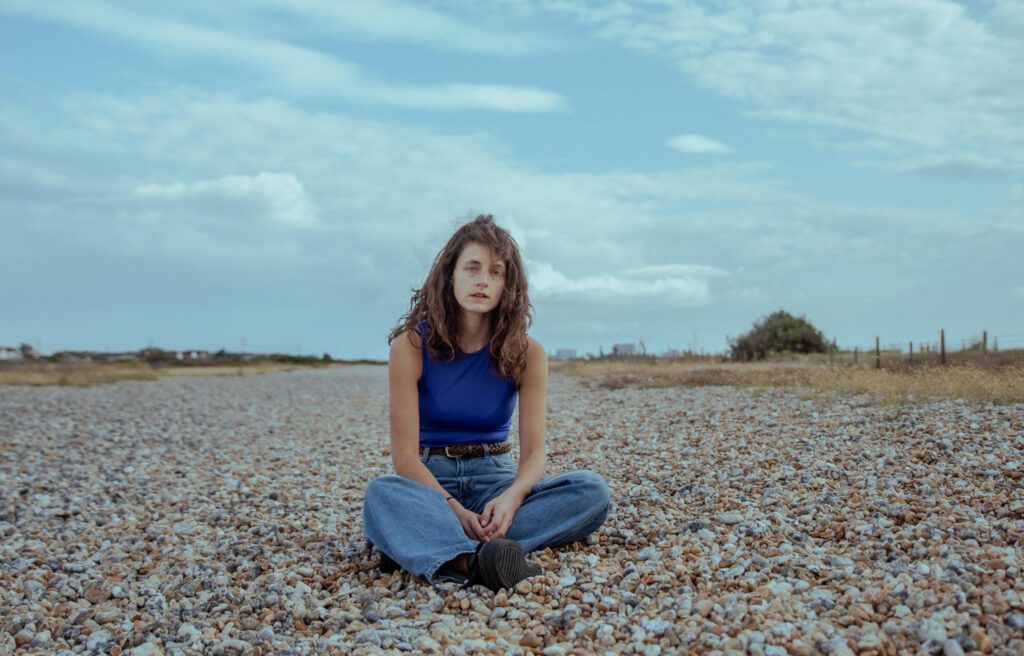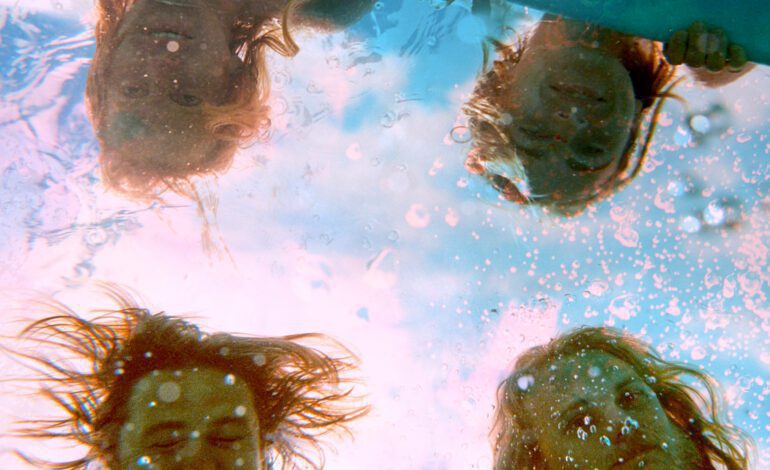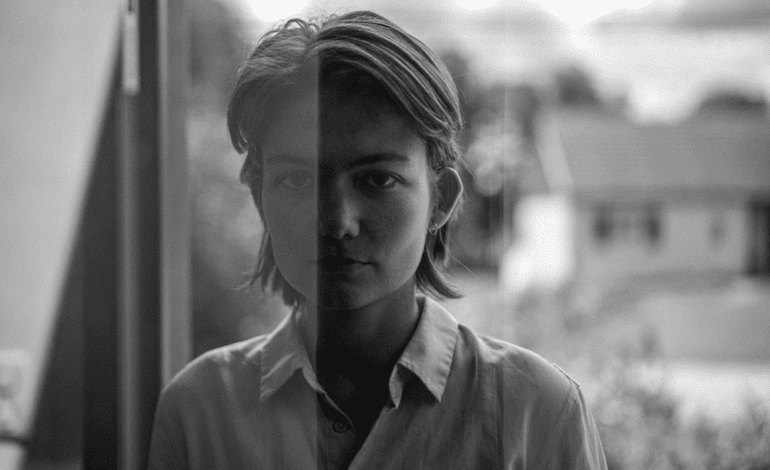Inside the Making of ‘I Still Want to Share’: An Interview with Sophie Jamieson on Love, Loss, and Self-Discovery


In Sophie Jamieson’s forthcoming album I Still Want to Share, the artist delves into the complex emotions of love, loss, and the search for belonging. With a more intimate and layered approach than her debut Choosing, the album explores themes that evolved naturally through her life experiences. In this interview, we discuss the emotional journey that shaped the project, the creative collaboration with Grammy Award-winning producer Guy Massey, and the rich sonic landscape crafted through new instruments and textures. We also dive into the music video for the lead single, the challenges of self-expression, and how visual elements brought new depth to her storytelling. Through these revelations, the artist offers a glimpse into the heart and soul behind this deeply personal body of work. Check out our interview below:
1. Your upcoming album, “I still want to share,” delves deeply into the themes of love, loss, and the longing for belonging. What inspired you to explore these topics so intimately, and how did your approach evolve from your debut album “Choosing”?
I didn’t set out to explore these ideas necessarily, they are themes I was able to identify only after the album was written, during recording. When I began writing, I knew I was starting something new, but I thought it was about something more tangible, simple and specific. As time went on and life happened, the album seemed to evolve alongside my experiences into something more and more layered and with less and less answers. This is because, after years of coping with life’s pain in a self-destructive way, I was having to face myself head on in my relationships and it was/is hard, complicated and messy. The ideas within this album feel like an enormous well that I’ve always needed to dig deep into, but couldn’t until I got “Choosing” out of the way.
2. The first single, “I don’t know what to save,” has been described as a “running break for freedom.” Can you tell us more about the emotional journey behind this track and how it represents the overarching themes of the album?
I’m not that sure if it does represent the over-arching themes that well… It’s a bit of an outlier in that it manages to touch something that most of the other songs don’t, and that is freedom from attachment. Or the relief that can accompany heartbreak. I think most of the other songs are still hanging on, looking for something that isn’t there or toying with regret or longing. I feel like IDKWTS manages to cut the rope that the rest of the album is tied to.
3. You’ve co-produced the album with Grammy Award-winning Guy Massey, and there are some rich, new elements like the omnichord, harmonium, and string arrangements. How did these new sonic layers shape the emotional depth of the album, and what was the creative process like working with Massey?
Working with Guy was an absolute joy. It was the most creative I’ve felt able to be in the studio in years. We would take a song, listen to my demo and talk about what we could each hear in our imagination, and then figure out how to create that sonically. I would talk to Guy in garbled visual imagery which he absolutely understood. I’d tell him I wanted to hear myself gazing at the night sky while driving on a cliff and he knew exactly what to do. That’s how the omnichord first came out! You could never know until the album was done, what all the weird stuff you put in there would add up to. But I think what we did created something deep, haunting and also playful, spacious, rich… in that sense it has a wide emotional scope and I think also a sense of mystery, because we chose sounds instinctively, which means that really they chose us.
4. The video for “I don’t know what to save” was co-created with Malena Zavala, a fellow musician and filmmaker. What was it like collaborating on this visual project, and how did the video enhance the meaning of the song for you?
Working with Malena was so affirming. Because she’s a musician in her own right, she knew exactly what was important, listened to my weird and vague ideas and just enhanced them. She kept my voice and my vision at the centre of everything we did, and knew the right moments to push me, and when to pull back. When we met, I had been filming bits and pieces in my local area for months, was burnt out and felt totally uninspired and stuck. We brainstormed together and came up with this concept of 3 videos with a link between them of a piece of red fabric, and only during the filming and editing process did I come to understand what the red fabric really meant. She enabled and encouraged this whole process, which ultimately helped me understand my music better, and myself, and what I’ve been trying to express through this whole project.
Alongside Malena’s sensitive co-direction and filming, I edited this video myself so I was able to find another layer of self-expression through that process. I’ve discovered over the years that I adore editing music videos. There is a delicate and tender connection between movement, light, space and music, and when you edit a music video your senses become heightened to all these tiny visual connections and you find yourself creating something that adds another layer of narrative to your song that you didn’t even know existed.
5. You’ve mentioned that “I still want to share” has a blend of autumnal warmth and glittery, dark, starry skies. How do you feel these contrasting tones reflect the emotional landscape of the album, and how did you go about capturing that in both the songwriting and production?
I think the warmer, richer songs are bubbling with some yearning, rough and tangible need…but also with potential, love that wants to find a home. The cooler, starker and more spacious ones probably come with more reflecting, a reckoning with loss or lostness, wonderment about regret or touching upon a frightening void. These songs are oddly more playful. Perhaps they are two sides of the same thing at the end of the day.
I don’t think I tried to capture anything during songwriting…I just wrote what came. When it came to production, some imagery had developed in my head – usually sparked off the texture of the guitar parts. There was a song that I wanted to feel woody, almost leafy, I’m not sure why – so we recorded all the percussion on my body or on wooden objects in the studio. We brought harmonium into some of these warmer, more organic songs, for its breathy resonance. For some of the darker songs, we used omnichord, glockenspiel, delay-soaked guitar and sub-bass to create a glittery sense of space.




